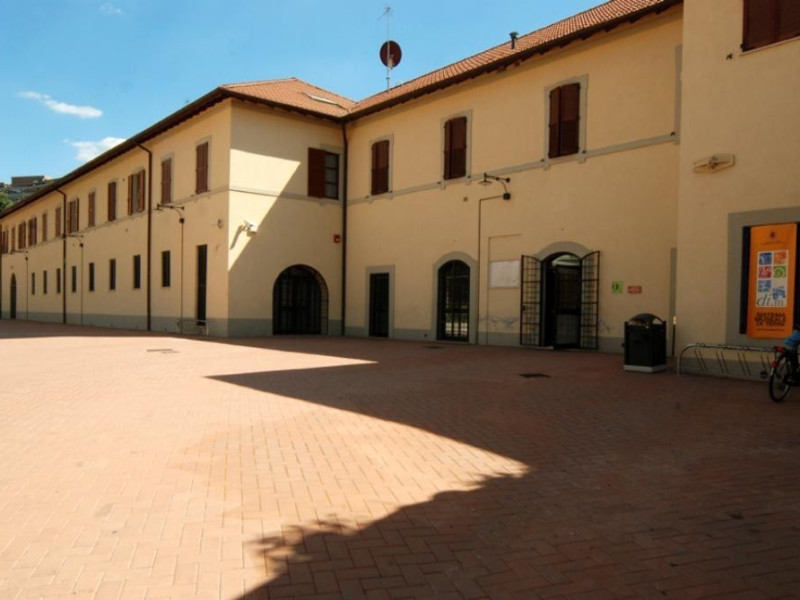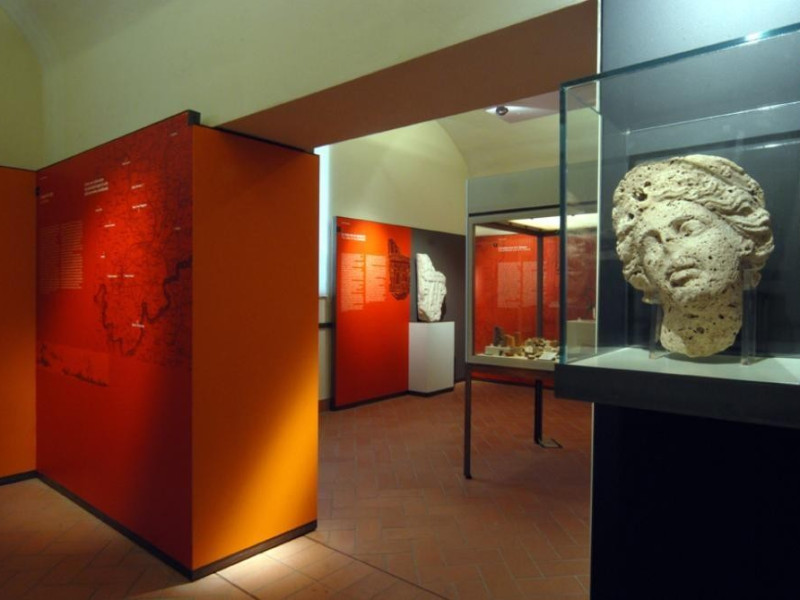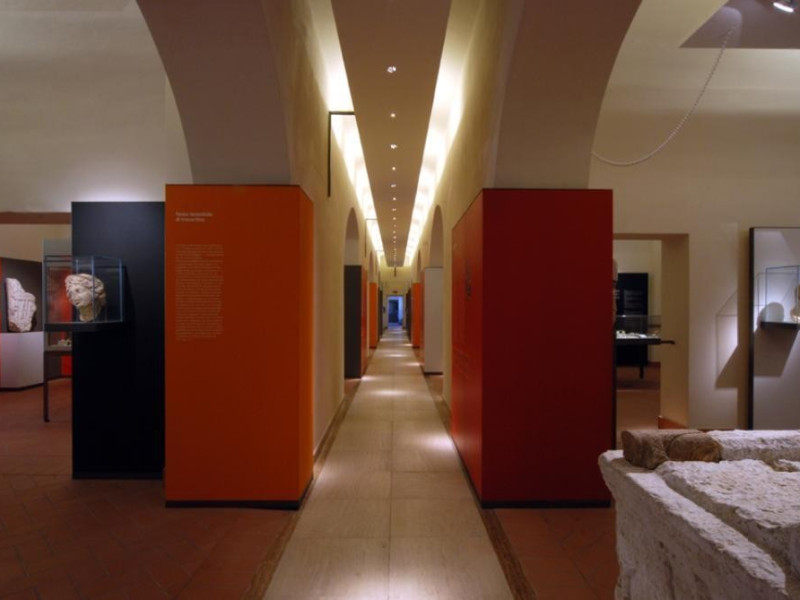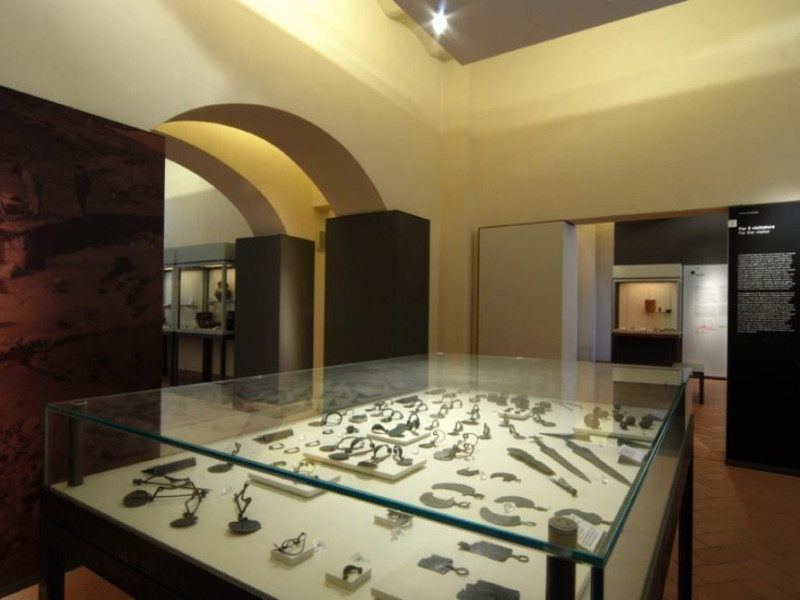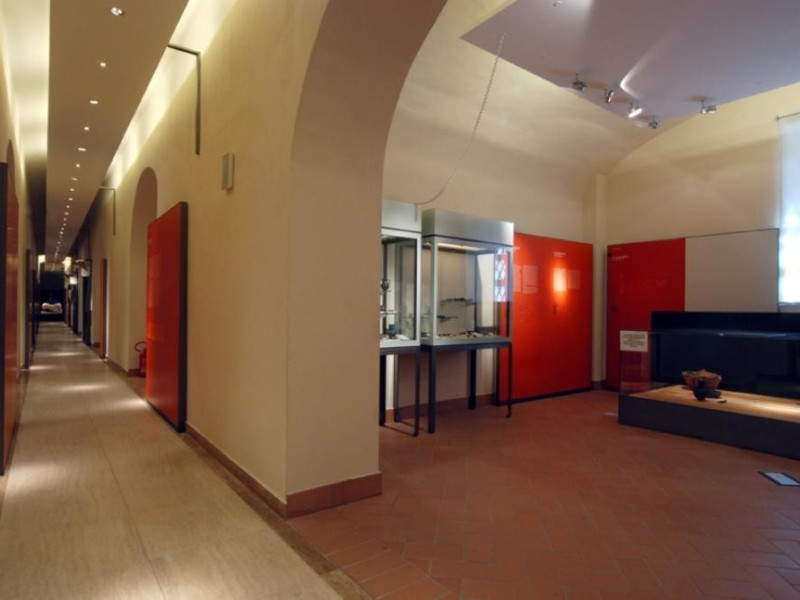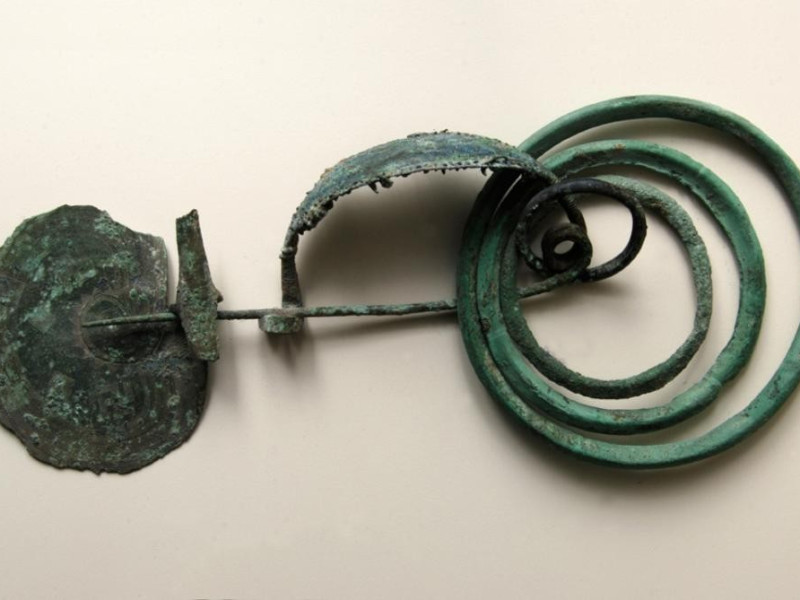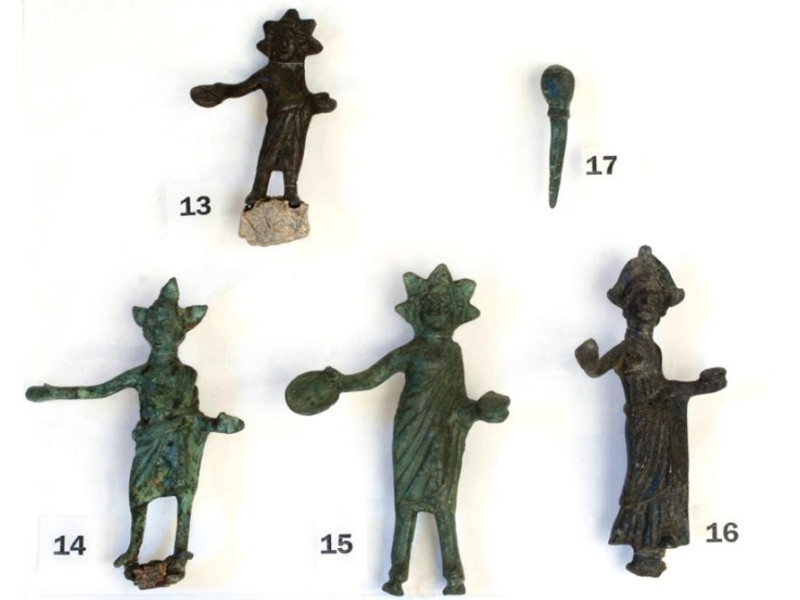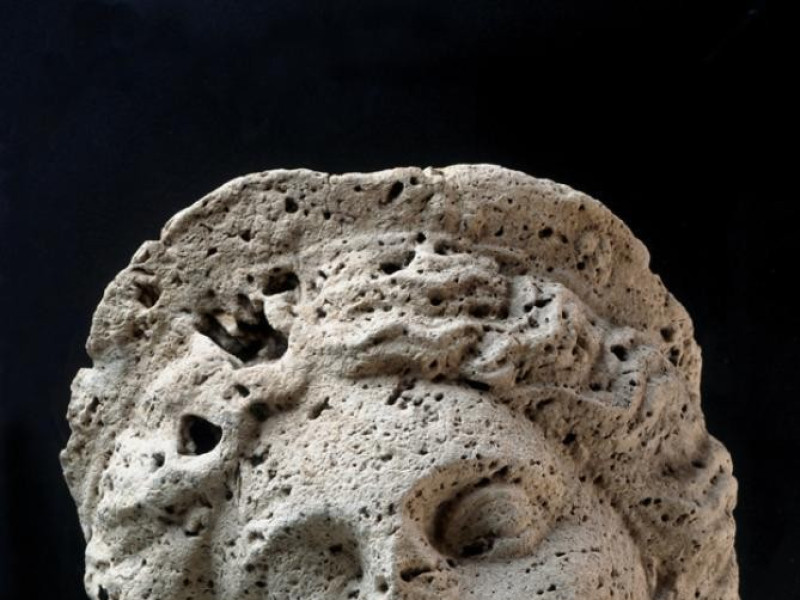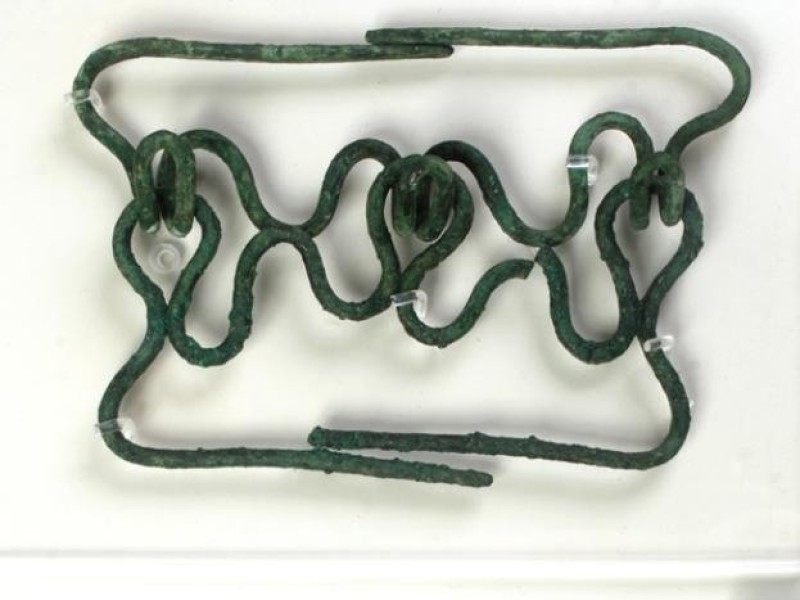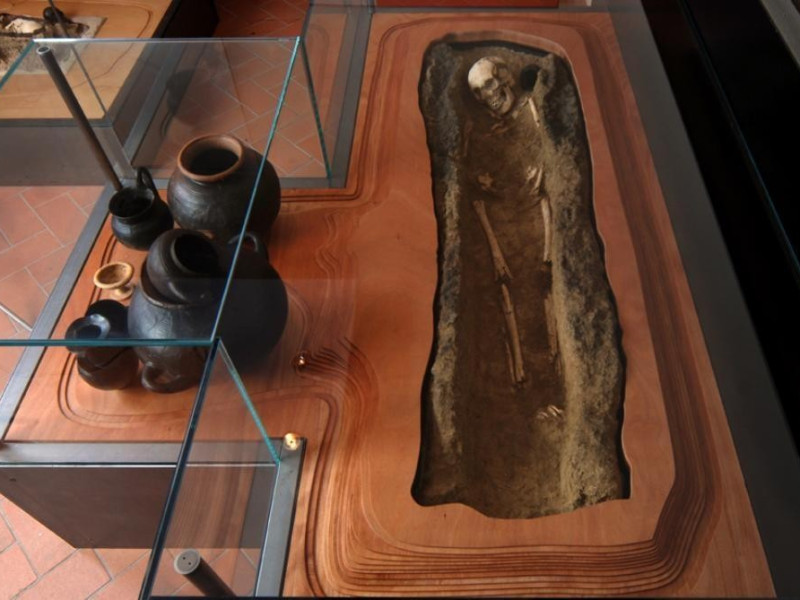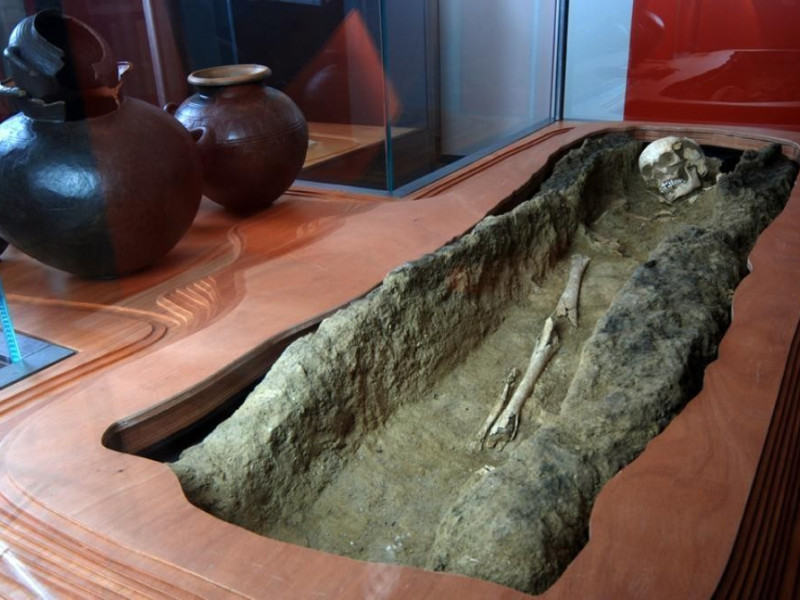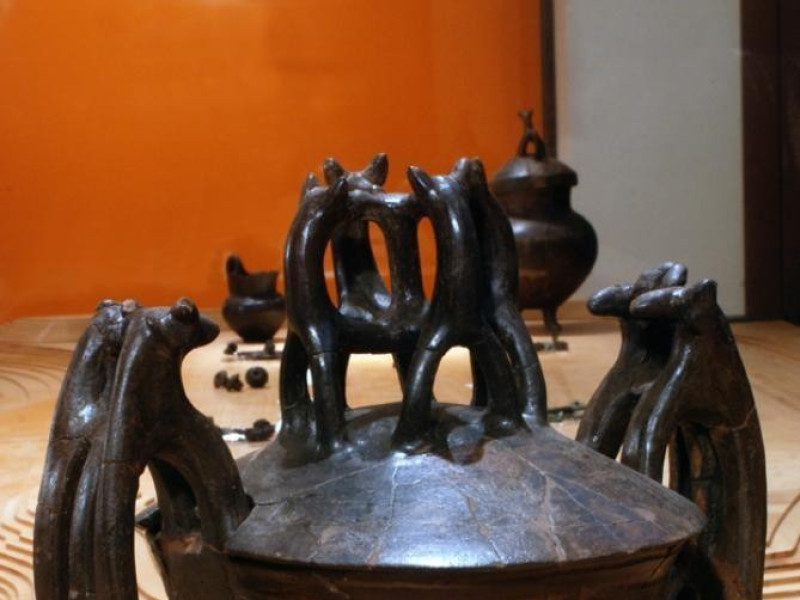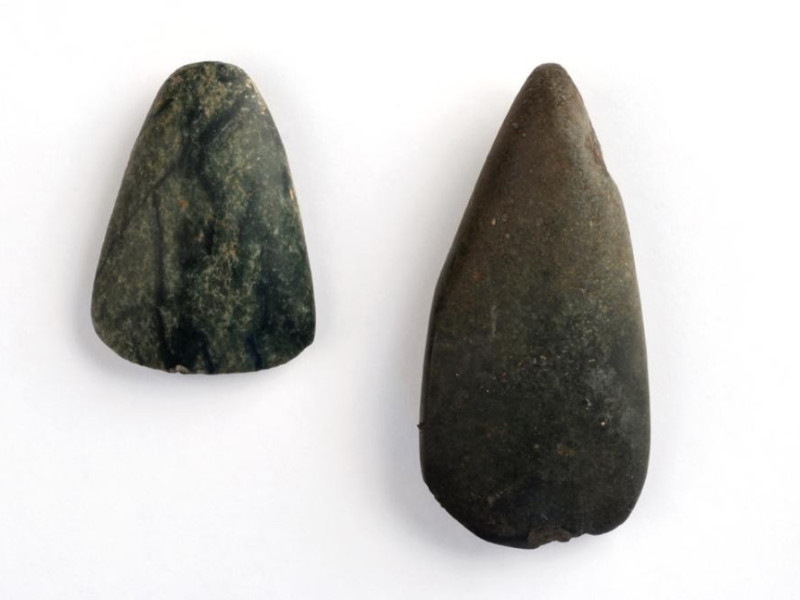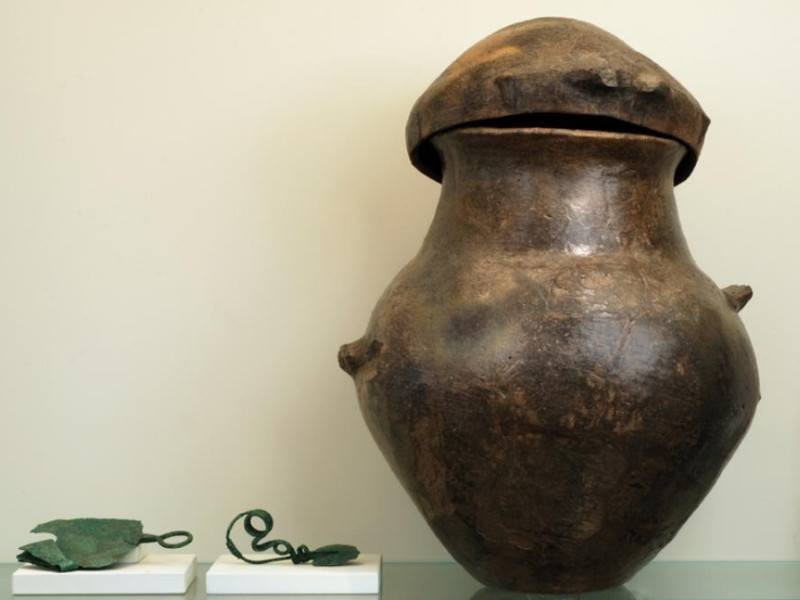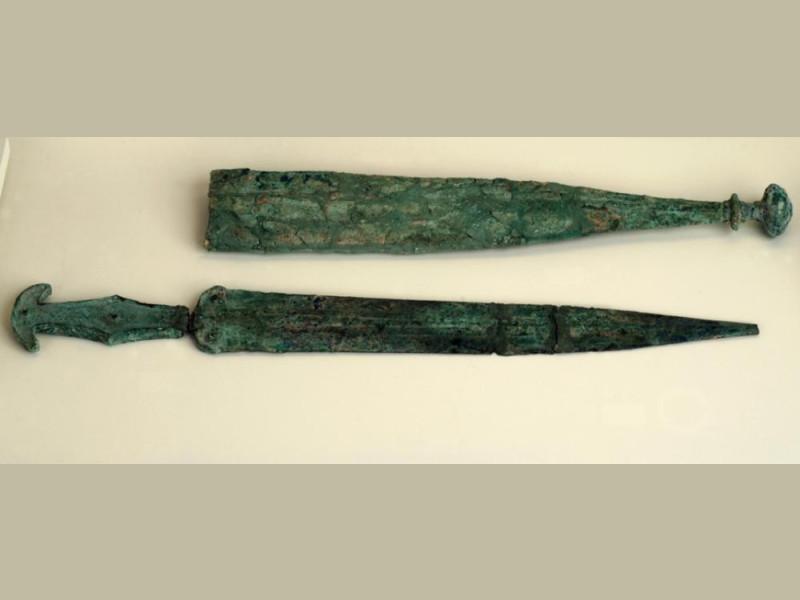Luogo - Museum
Museo archeologico - CAOS (CENTRO ARTI OPIFICIO SIRI)
Where
Via Campofregoso- Area Ex Siri, Terni
CAOS Archaeological Museum
The Museo Archeologico, CAOS—acronym of Centro Arti Opificio SIRI—is located in Terni. It is in the same premises where the Museo D’Arte Moderna e Contemporanea “Aurelio De Felice”, an experimental theater, a cafeteria, a bookshop and some didactic laboratories are also housed. The Museum is arranged in the spaces on the ground floor of the former SIRI—acronym for Società Italiana Ricerche Industriali—factory.
The location of the Museum represents an excellent example of reuse of an industrial area in disuse.
Aspects of the life and the evolution of Terni, or Interamna—meaning ‘the town between two rivers inhabited by the Nahartes’, the Umbrian population that occupied the plain between the rivers Nera, or Nahar, and the Serra dating back to prehistory—are illustrated through the finds exhibited.
In particular, concerning the Archaeological Museum, the itinerary inaugurated in 2004 stretches over 17 rooms, and is subdivided into two sections: one dedicated to Pre-Roman history, the other to Roman history.
The Pre-Roman section, in the first rooms, exhibits the finds from Early History in rigorous chronological order—10th century B.C.—coming from the Caves around the Marmore Falls and the huge Acciaierie Necropolis, discovered at the end of the 19th century. Attended from the Late Bronze Age—10th century B.C.—to the Early Iron Age—8th century B.C.—this necropolis has produced a large number of findings, funerary goods testifying the progressive growth in the importance of monuments in burial rituals, which constitutes a sign of the changes in the social organization of the Naharci people. The central rooms display eastern-like tombs—7th century B.C.—coming from the necropolis found in town and reconstructed in the original size. The room number eight, at the end of this section, is entirely dedicated to the excavation of Monte Torre Maggiore, a place of worship, attended from the 6th century B.C. to the Late Empire.
The constituent nucleus of the Roman section derives from the initial transfer of the Sconocchia Collection into the large rooms on the ground floor of the Municipal Palace at the end of the 19th century—today the Public Library—then to the Cloister of San Francesco Convent, where they remained until the end of World War II, when the entire collection was hosted in Palazzo Carrara.
The remaining nine rooms exhibit the materials that have been regrouped following a thematic criteria based on singular aspects of everyday life and the social organization of the Interamna Nahars, from the 3rd century B.C. Roman conquest to the Late Antiquity, testified by epigraphs, the typical sculptures and funerary monuments.
